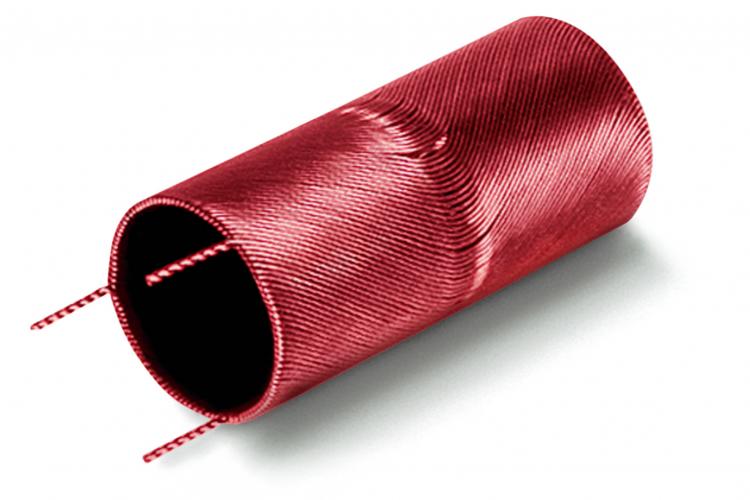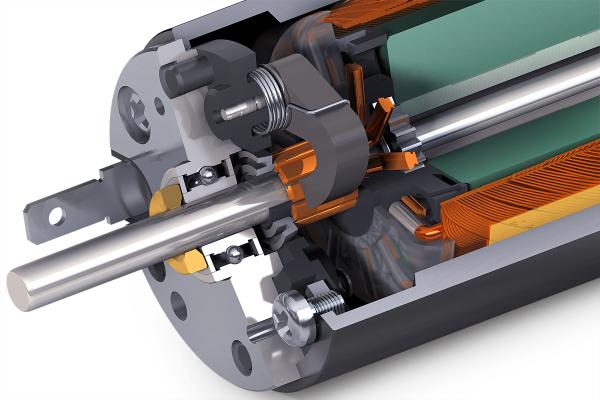I recently had a customer approach me with a robotics application that was highly sensitive to electromagnetic emissions, but could not use a brushless motor. Initially, the engineers were considering an iron core DC motor, not understanding the full magnitude of their selection. Rather than selecting an iron cored DC motor and then figuring out way to mitigate the electromagnetic emissions, there are measures that can be taken earlier in the selection process. In other words, an ironless core motor has the internal structure that can reduce the amount of electromagnetic interference (EMI) produced.

Due to these motors ironless core design, the inductance is significantly smaller because of the lesser amount of magnetic energy involved during commutation. Why does this matter? Because less brush fires are produces, therefore there are less electromagnetic emissions. Even the interferences that are present, are easier to suppress than on an iron-cored motor. For example, maxon utilizes a CLL concept with their precious metal brushes.
Stay tuned for my next post to learn more about the key differences between iron-cored vs ironless core DC motors.






